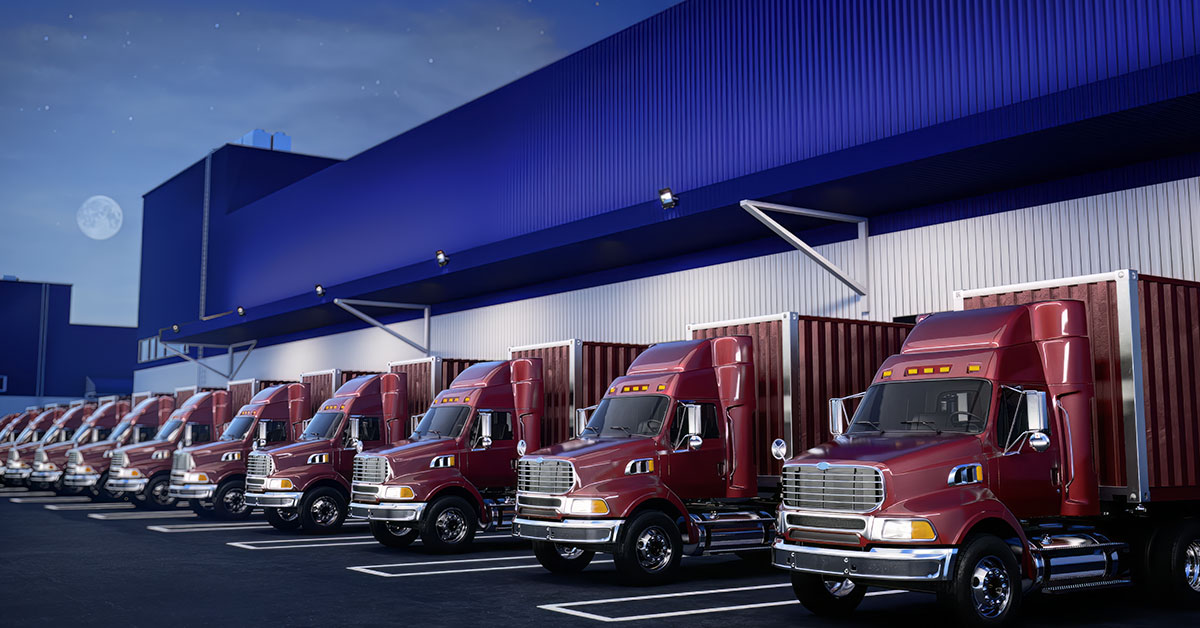The pandemic has and continues to put significant strain on the global supply chain, making security an even greater priority. As you continue to grow your business in the years ahead, you can enact strategies that secure your supply chain and keep the momentum moving in the right direction.
The best defense is a good offense
One of the biggest threats to the supply chain is cybersecurity, which can compromise your business on multiple levels. Breaches are an increasingly common problem affecting businesses, and the U.S. Department of Commerce’s National Institute of Standards and Technology recommends operating on the assumption that your supply chain will eventually be impacted.
By taking a more proactive approach and assuming that a breach is inevitable, you’ll be better equipped, the NIST says, to mitigate the damage, recover more quickly, and prevent future breaches. One way to do this is to ensure that proper protocols are in place all down your supply chain.
Because a breach at the lowest end of your supply chain can have far-reaching effects, the NIST notes that it’s critical to ensure that your vendors and suppliers are using reputable cybersecurity practices. This includes but is not limited to rigorous information security, software security, and access models. When you consider working with a vendor or supplier, ask for an overview of their cybersecurity practices and factor their response in when you consider working with them.
The NIST recommends making security requirements part of your contracts and requests for proposals for legal purposes. Develop an in-house team of security experts who can visit on-site with vendors to ensure that they are following procedures as promised, and institute a one-strike rule that terminates agreements in the event of improper practices.
Diversify your network
Current struggles within the global supply chain have demonstrated the need for businesses to maintain a diverse, flexible infrastructure. United National Consumer Suppliers CEO Brett Rose tells the U.S. Chamber of Commerce that having multiple supplier sources can help counteract slowdowns along the supply chain.
Along those lines, Rose specifically suggests looking at suppliers from several regions, including in the United States. With increases in costs related to freight and logistics, outsourcing to areas where labor is cheaper is not as advantageous as it once was.
Harvard Business Review contributor Willy C. Shih notes that producing key goods in the region in which they’re consumed is a strategy that can help bolster success. But being overly reliant on one region can create a significant bottleneck in the wake of events like a recession, war, or national disaster. By diversifying your supplier network and having fallbacks and fail-safes in place along the way, you can keep things moving when the unexpected happens.
Shih recommends one method to help on this front: supply chain mapping. While this process can be extensive and expensive, it will allow you to reasonably determine which suppliers may be more integral than others and analyze alternative routes to take in the event of disruptions. The more flexible your supply chain, the better shape you’ll be in.
Protecting your supply chain can be the difference between continuing to earn revenue and waiting idly by for a crisis to pass. Taking steps to secure your supplier base and enact safeguards throughout can help set you up for success in the face of great struggles.

